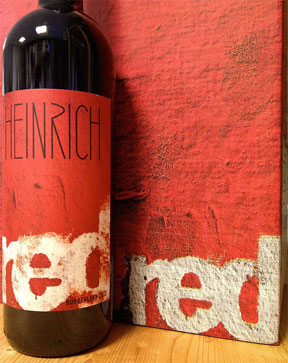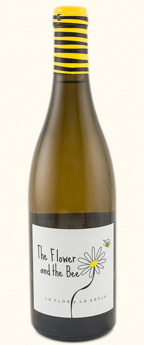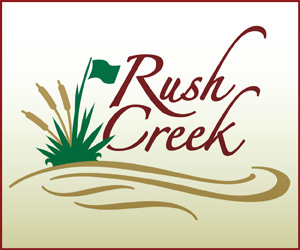Revitalize Your Palate
By Leslee Miller
Springtime. A season that in many forms, evokes the senses, revitalizes the spirit and ushers forth a feeling of rejuvenation. As we ready our minds and our bodies for the arrival of this invigorating season, dust off the clubs and awaken our winter bodies, I invite you to think similarly about your palate.
Since moving back to the Midwest over ten years ago to start my business, Amusée, I quickly realized one thing about Minnesotans when it came to their wine drinking habits, they drink red in the fall and winter and white wine in the spring and summer seasons. While my habits tend to flow in almost the opposite form – whites to keep my palate refreshed in the winter season and more reds for my summertime grilling activities – I realize that I am not the norm when it comes to the drinking wine in the Midwest. So I thought instead of giving you a slew of white grapes you’d be familiar with for springtime sipping, I’d urge you to ‘revitalize’ your palate with a few new wine grapes; grapes that will hopefully, not only refresh your wine drinking habits, but allow you to expand your repertoire beyond your usual suspects.
Let’s start with one of my favorite German white grapes, Scheurebe. Pronounced: SHOY-ray-beh, the grape was bred in 1916 in Rheinhessen and named after its breeder, Georg Scheu. Scheurebe is a crossing of the grapes: Silvaner and Riesling. Bright and zesty with a lively amount of acidity, the wines produced from the grape are almost always most endearingly described by wine pros as having a ‘lime popsicle’ palate to them. Dry, yet zippy and refreshing, Scheurebe is a refreshing alternative to grapes like Sauvignon Blanc and Pinot Grigio.
Looking for Scheurebe in the Twin Cities? Try out Surdyks, downtown Minneapolis, for a few. A wine to try: Pfeffingen Scheurebe from importer, Rudi Weist!
Next, and certainly from one of my favorite wine-growing regions (Spain), try out the grape: Treixadura. Another white grape, pronounced: Treh-shah-DOO-rah, is most often found in the region of Ribeira, located in Spain’s northwestern corner, known as Galicia. While Treixadura is usually blended with the other grapes of its region famous for its crisp, dry whites, like Viura and Albariño, the grape is famous for producing wines that are light, finessed and full of citrus fruits and white florals. Produced dry, some of my favorite styles of Treixadura are almost a bit textured with a salty, orange-like minerality.
Where to find Treixadura? Head to Solo Vino Wine Shop on Selby Avenue in St. Paul. A wine to try: Coto de Gomariz’s ‘The Flower & The Bee’ Treixadura from Ribeira.
Ready for a red? Let’s try a combo of three! The grapes: Zweigelt, St. Laurent and Blaufränkisch. While these three are completely delicious on their own, they are also quite delightful when blended. First, Zweigelt, a red wine grape developed in 1922 in Austria, by Fritz Zweigelt. It was a crossing of the grapes, St. Laurent and Blaufränkisch, and is now the most widely grown red grape variety in Austria. Pronounced: TSVYE-gelt, Zweigelt is a ‘cherry-popping’, fresh, light bodied red that works perfectly with dishes like poultry or even light salads for your springtime fare. Secondly, the grape: St. Laurent. Pronounced: Zonk-low-rent, the grape as it only accounts for 2% of all of Austria’s plantings, is a fantastic red for those looking to make the move from Pinot Noir. Light to medium bodied, most St. Laurents come equipped with a bit of spice that add that extra layer of depth, most full bodied red drinkers are looking for. Lastly, Blaufränkisch, yum! If you’re a Cabernet drinker, this is your wine. From dark and lusty to tannic and rich, Blaufränkisch is the red wine that most Austrian’s tend to cellar because of its ability to soften and mature with age.
Where in the world will you be able to find these three grapes? Try Haskell’s Minnetonka. A wine to try that blends all three grapes: Weingut Gernot & Heike Heinrich’s ‘Heinrich’ Red. A wine that offers bits of cherry on the nose intertwined with hints of floral and spice characters. On the palate, explodes with black and red cherry notes, refreshing acidity and well managed, round tannins. Great for early springtime grilling!
In the end, statistics say that most Americans drink about 2-3 grapes on a regular basis: Chardonnay, Pinot Noir and Cabernet. The newest report also states that we drink approximately 2.82 gallons per capita. Of those almost 3 gallons you plan to drink for 2016, hit the ‘refresh’ button on that palate and make a few of those glasses something new!































